This dart sharpening guide will teach you how to maintain your darts for optimal performance. We’ll cover everything from identifying when your darts need sharpening to the safest and most effective methods for achieving a razor-sharp point. You’ll also learn about preventing future damage and improving your overall game.
⚠️ Still Using Pen & Paper (or a Chalkboard)?! ⚠️
Step into the future! The Dart Counter App handles all the scoring, suggests checkouts, and tracks your stats automatically. It's easier than you think!
Try the Smart Dart Counter App FREE!Ready for an upgrade? Click above!
Before we dive into the specifics of this dart sharpening guide, it’s crucial to understand that not all darts require sharpening. Many modern darts are manufactured with durable tips that can last for hundreds of throws. However, if you notice your darts are bouncing off the board more frequently, failing to stick, or experiencing significant wear and tear, then it’s time to consider sharpening. This is especially important for those who participate in professional dart competitions, where even the slightest imperfection can affect your score. Knowing when to sharpen and how to do it properly is key to maintaining your competitive edge.
Understanding When Your Darts Need Sharpening
A dull dart won’t stick properly, leading to lost points and frustration. Here are signs indicating your darts need attention: If your darts frequently glance off the dartboard without sticking, if you notice the tips are visibly bent or damaged, or if you feel a noticeable lack of penetration during throws, then it’s time to follow this dart sharpening guide.
Consider the material of your dart points. Some materials, like tungsten, are inherently more durable than others. For a comprehensive understanding of dart point materials and their respective lifespans, consider checking out our dart equipment replacement guide online which includes a wealth of information on dart care and maintenance.
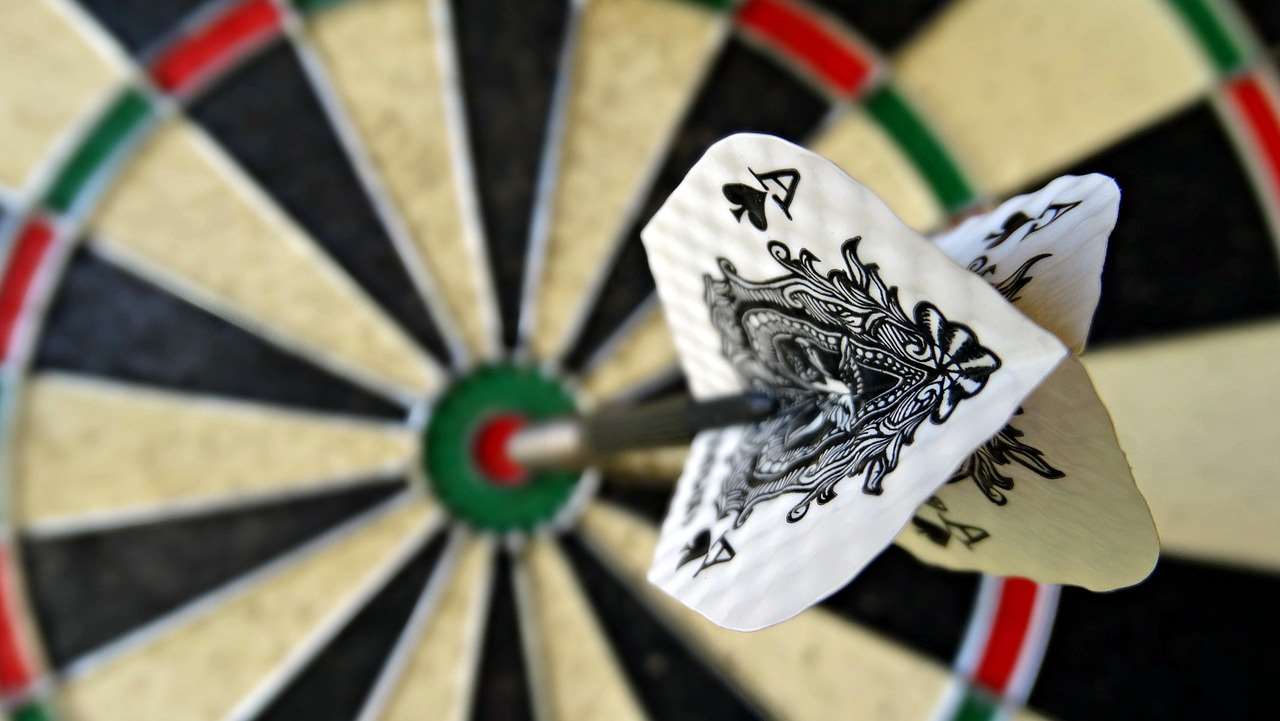
Regular inspection is key. After each playing session, take a moment to examine your darts for any signs of wear. This proactive approach, outlined further in our darts equipment troubleshooting guide, can help prevent major damage and extend the lifespan of your darts.
The Tools You’ll Need for a Dart Sharpening Guide
Before you begin the sharpening process, ensure you have the right tools. Improper tools can damage your darts, making them even less effective. This dart sharpening guide recommends using only high-quality tools.
- Fine-grit sharpening stone: A stone with a grit of 600 to 1000 is ideal.
- Sharpening lubricant: Water or a specialized sharpening oil will help prevent overheating and damage to the dart.
- Magnifying glass: To precisely assess the condition of the dart point.
- Soft cloth or microfiber towel: To clean your darts and remove any debris.
It is important to note that choosing the right equipment is half the battle. Knowing which equipment is best for your specific darts, along with maintenance practices, is extensively covered in our Darts Equipment Maintenance Customization guide.
Safety First: Important Precautions
Sharpening darts involves working with sharp tools. Always prioritize safety. Wear safety glasses to protect your eyes from flying debris. Use a stable work surface to avoid accidental cuts or injuries.
Remember to always maintain a steady hand while sharpening. Rushing the process can lead to uneven sharpening and damage the dart point. Proper technique is paramount, as detailed further in this dart sharpening guide.
Step-by-Step Dart Sharpening Process
Now, let’s delve into the practical aspects of this dart sharpening guide. Follow these steps carefully for optimal results:
- Assess the Damage: Carefully examine your dart point under a magnifying glass. Identify the extent of the damage. Is it just a slight dullness or a more significant bend or chip?
- Prepare the Sharpening Stone: Lightly lubricate your sharpening stone with water or sharpening oil.
- Sharpen the Dart Point: Hold the dart at a consistent angle (usually around 20-30 degrees) against the sharpening stone. Use gentle, even pressure, and make slow, controlled strokes. Avoid applying excessive pressure, which can damage the dart. For specific guidance on sharpening different dart materials, refer to our dart sharpening lessons page for more in-depth instructions.
- Check the Sharpness: After a few strokes, check the sharpness of the dart point using the magnifying glass. Aim for a sharp, even point free of any imperfections. Repeat steps 3 and 4 until you achieve the desired sharpness. You should be able to see a reflective point on the dart.
- Clean and Inspect: Once you’re satisfied with the sharpness, wipe the dart clean with a soft cloth to remove any residue.
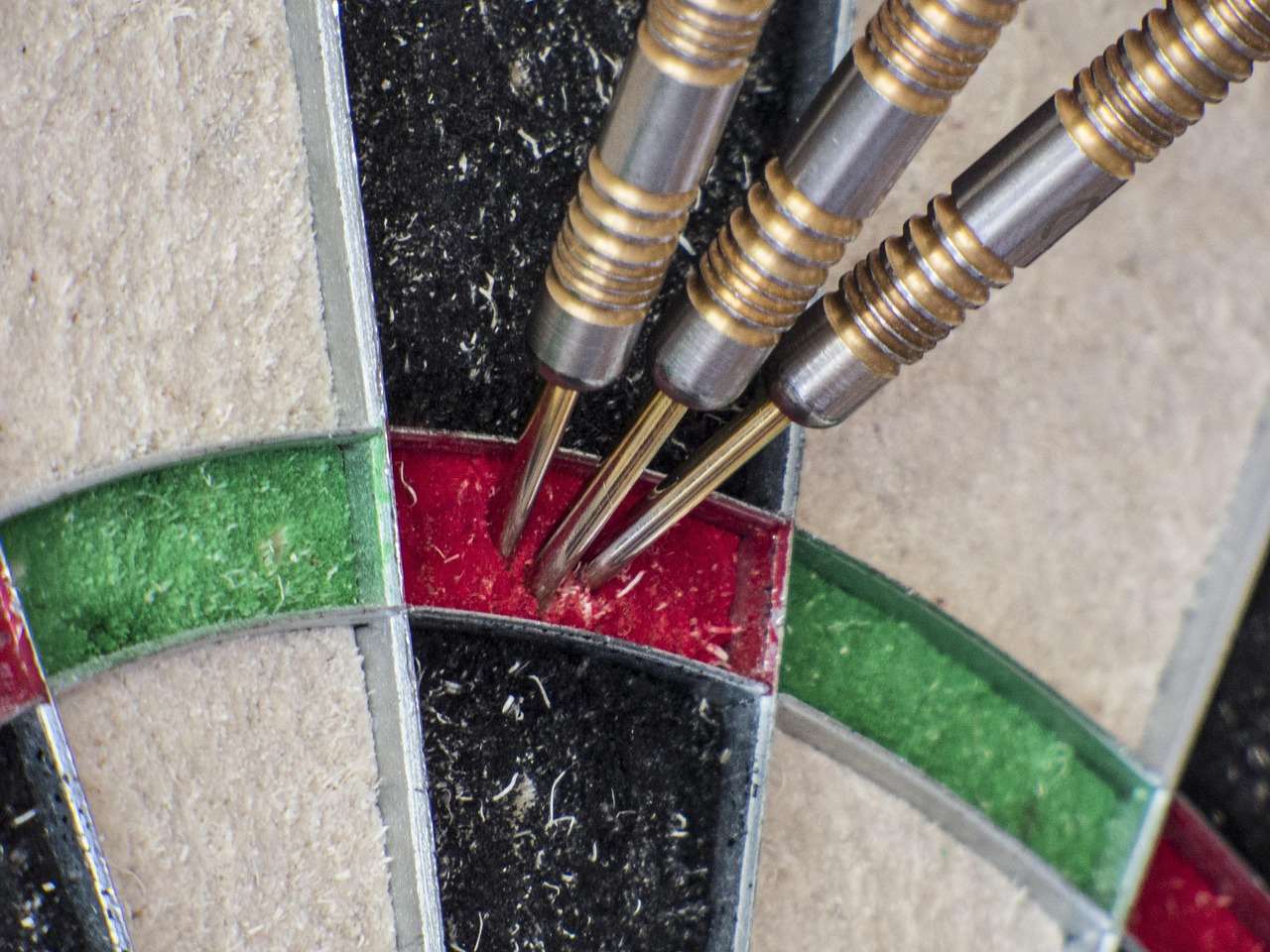
Remember, patience is key. Don’t rush the process. A gradual and controlled approach will ensure a precise and even sharpening result, leading to improved dart performance. For advice on handling damaged or broken parts, please see our guide on dart equipment repair vs replacement case studies.
Maintaining Your Darts: Beyond Sharpening
Sharpening is just one aspect of dart maintenance. Regular cleaning and proper storage are crucial for maintaining the longevity and performance of your darts. Storing your darts in a case, away from dust, moisture, and damage is highly recommended. Even the best dart sharpening guide is ineffective if you don’t maintain your darts effectively.
Consider the impact of flight protectors. They’re not just for looks! Check out our article on flight protector durability to learn how they can impact the longevity of your flights, impacting your overall game.
Troubleshooting Common Dart Sharpening Problems
Even with this dart sharpening guide, you might encounter challenges. Let’s address some common issues:
- Uneven Sharpening: This often occurs due to inconsistent pressure or angle. Practice maintaining a steady hand and angle for a more even result.
- Over-Sharpening: This weakens the dart point and shortens its lifespan. Use gentle pressure and regularly inspect the point.
- Damaged Dart Point: If the point is significantly damaged (e.g., severely bent or chipped), it may be beyond repair and require replacement.
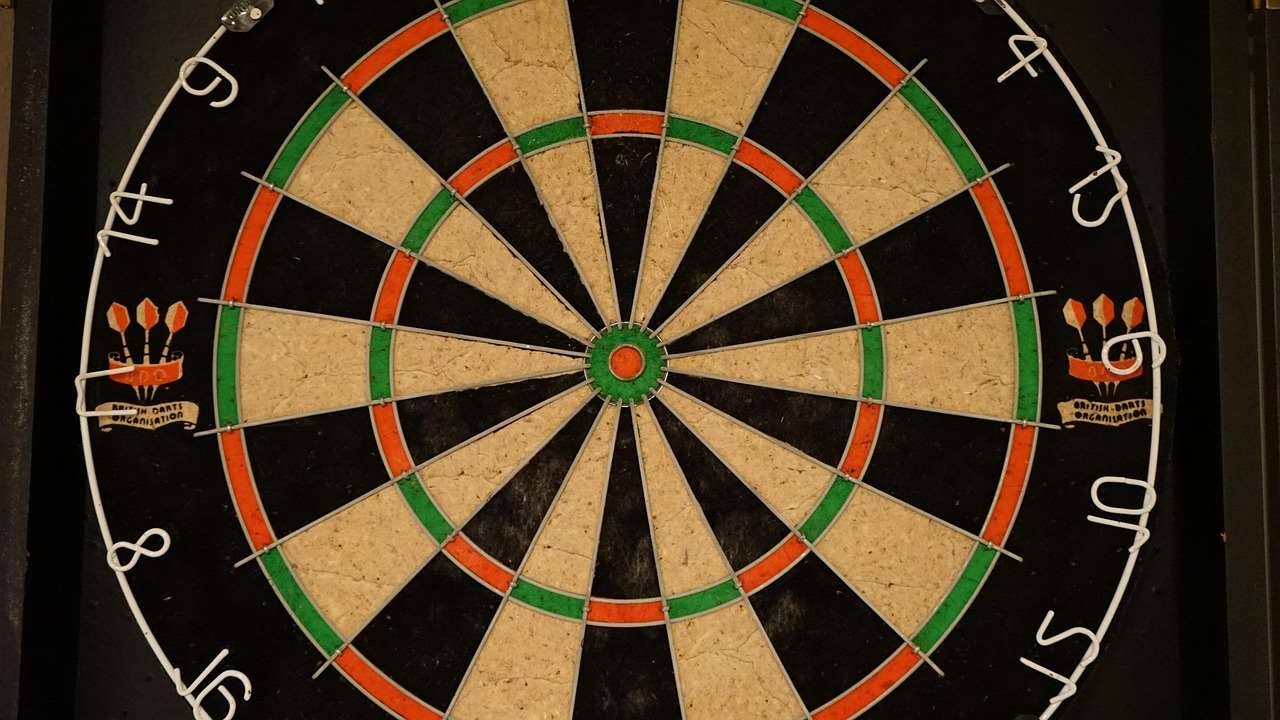
For issues beyond basic sharpening, referring to our darts equipment troubleshooting guide is recommended. The guide provides solutions to a wide array of issues, from damaged flights to problems with the dartboard itself.
Types of Darts and Sharpening Considerations
Different dart types might require slightly different approaches. While the basic principles in this dart sharpening guide apply to most darts, understanding the material and design can help you optimize the process. For instance, steel-tip darts generally require less aggressive sharpening than softer materials like brass.
A significant factor to consider is the environmental impact. Learn more about sustainable practices in our article on dart repointing sustainability, and make informed choices.
Replacing Dart Components
Sometimes, sharpening isn’t enough. If the damage is extensive, you might need to replace components. Consider replacing your cheap replacement dart flights or replacement dartboard wires for optimal performance. Knowing when to replace parts helps in maintaining a high-quality game.
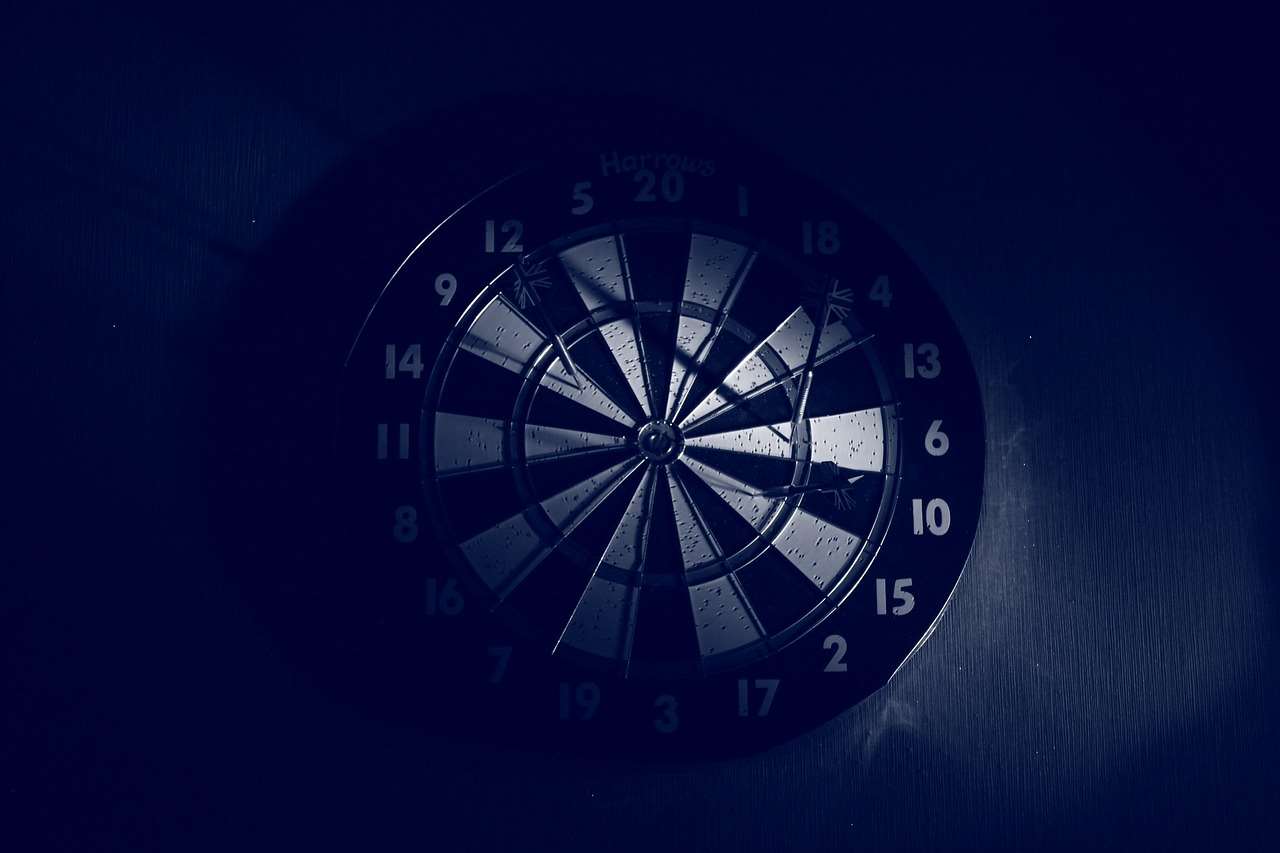
For more specialized cases, such as replacing kite dart flights, you might want to consult our replacing-kite-dart-flights guide. It focuses on the unique aspects of kite dart maintenance.
Conclusion: Mastering Your Dart Sharpening Guide
This dart sharpening guide provides a comprehensive approach to maintaining your darts. By following these steps and understanding the nuances of dart maintenance, you can ensure your darts remain sharp, accurate, and ready to perform their best. Remember, regular inspection, proper sharpening techniques, and appropriate care will significantly extend the life of your darts and enhance your dart-throwing experience. So, grab your tools, follow this guide, and prepare to dominate the dartboard!
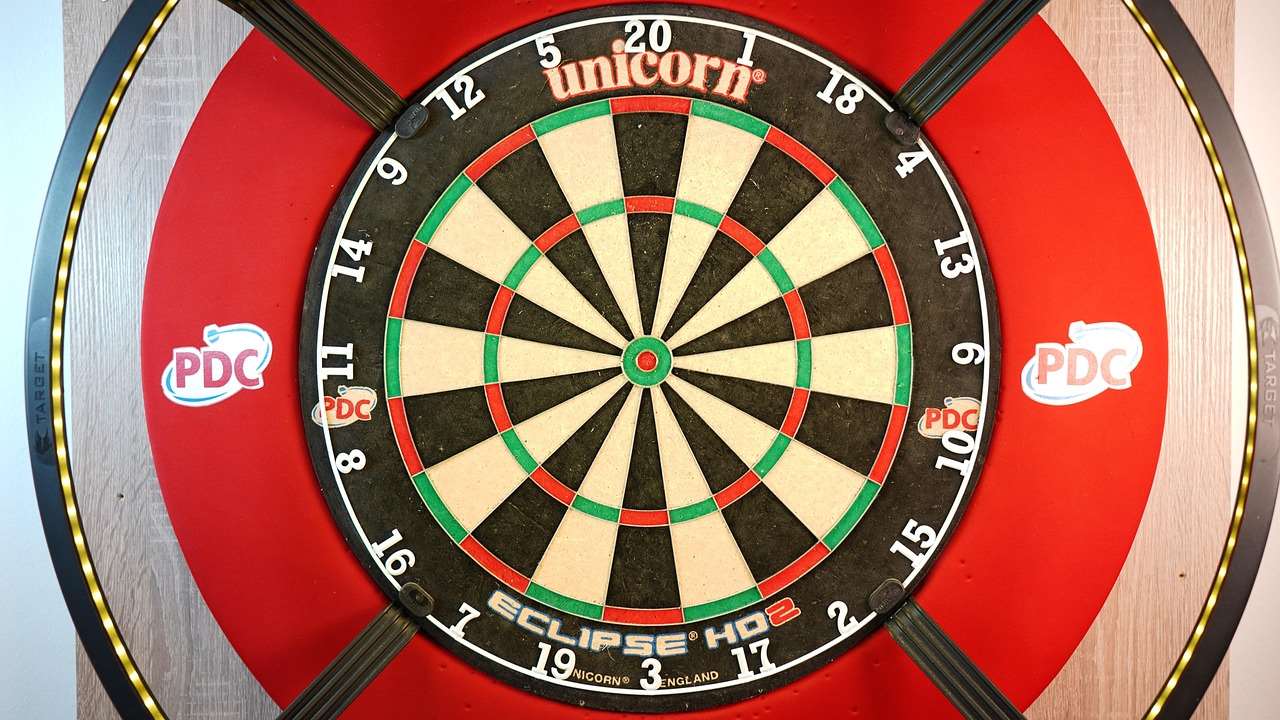
Ready to take your dart game to the next level? Check out our other resources on dart maintenance and repair!
Hi, I’m Dieter, and I created Dartcounter (Dartcounterapp.com). My motivation wasn’t being a darts expert – quite the opposite! When I first started playing, I loved the game but found keeping accurate scores and tracking stats difficult and distracting.
I figured I couldn’t be the only one struggling with this. So, I decided to build a solution: an easy-to-use application that everyone, no matter their experience level, could use to manage scoring effortlessly.
My goal for Dartcounter was simple: let the app handle the numbers – the scoring, the averages, the stats, even checkout suggestions – so players could focus purely on their throw and enjoying the game. It began as a way to solve my own beginner’s problem, and I’m thrilled it has grown into a helpful tool for the wider darts community.